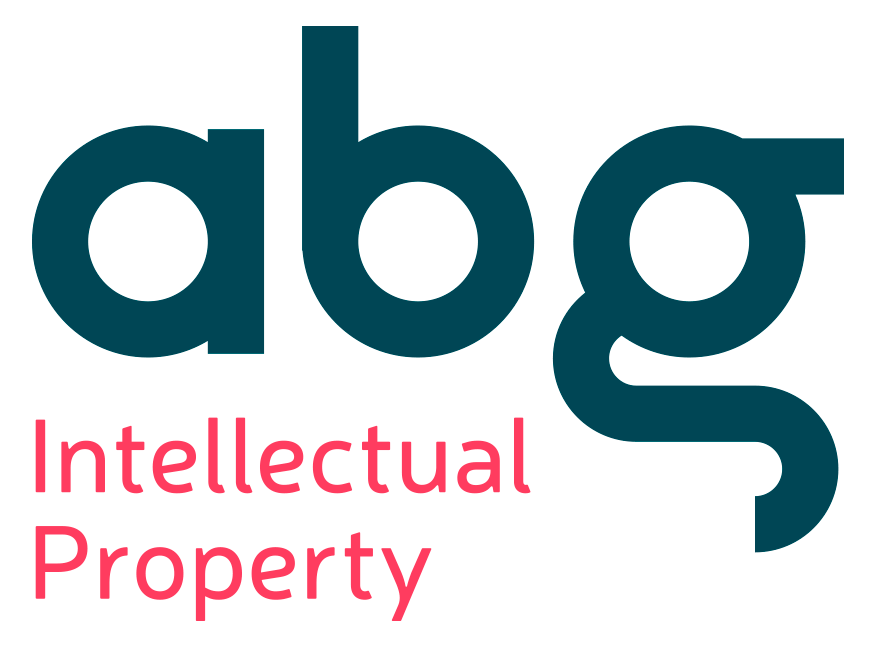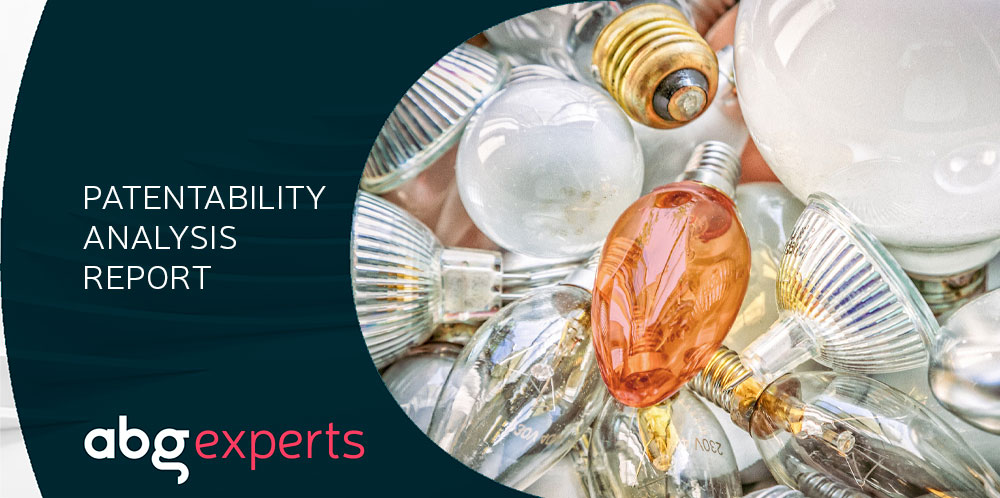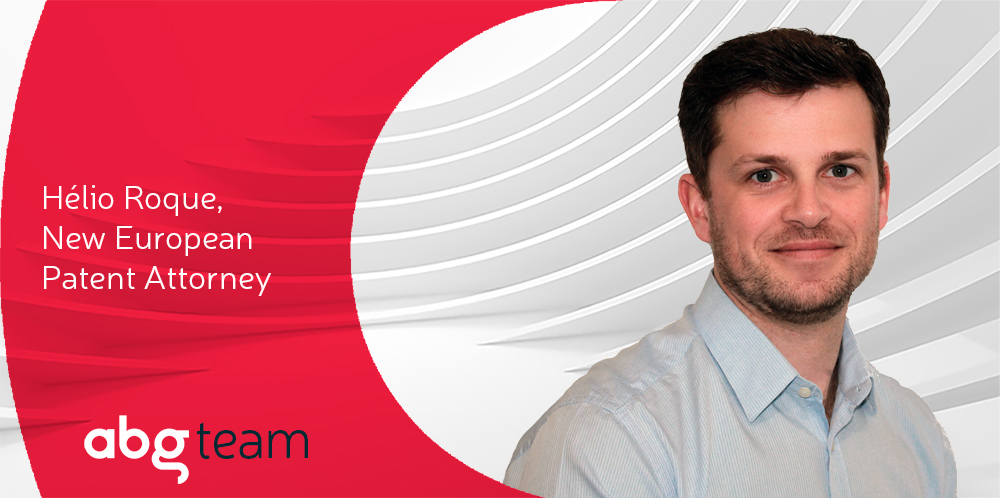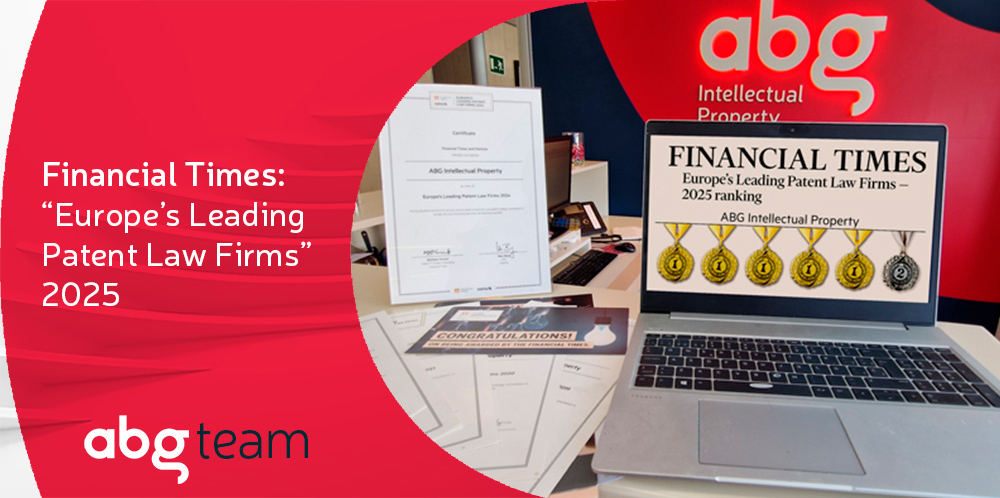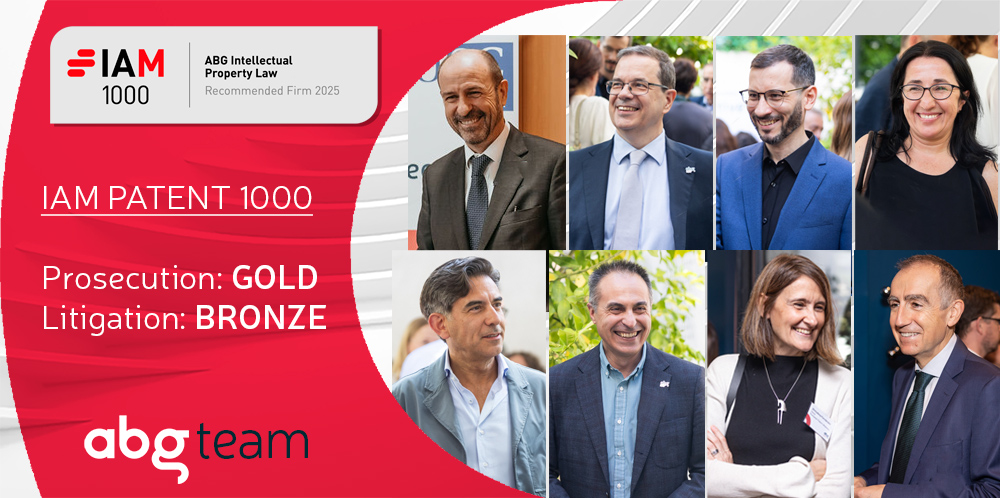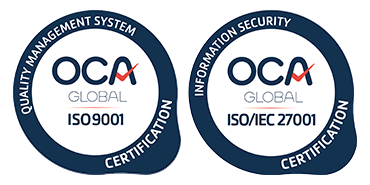Have you ever wondered if your latest work could be patented? Or you would like to feel a bit more sure about going ahead and starting the process of applying for a patent for you invention?
Well, a Patentability Analysis report, or just patentability report, is how you would you go about answering those questions…
Patentability report might sound like a fancy expression to you, so what is it? In a nutshell, a patentability report analyzes whether your invention appears to be patentable or not.
A patentability report requires completing the following steps:
- You provide us with the work/study/data (from here onwards data) of the invention in question (under confidentiality, obviously);
- We analyze the data to determine the essential technical features of the invention (what we call aspects of the invention);
- We perform a prior art search guided by said aspects of the invention;
- In view of the retrieved prior art, we analyze whether the aspects of the invention fulfill legal patentability criteria established by the European Patent Office (EPO); and
- We provide feedback regarding improvements and/or strategies to improve the patentability of the invention (if required).
Why do we use the criteria from the EPO? Well, we are European Patent Attorneys after all. Law is territorial, and nobody in this world is legally qualified in every country. While European countries have an harmonized Patent Law that is similar to the European Patent Law and as such the patentability criteria from EPO applies, these criteria, together with our years of experience in prosecuting in other jurisdictions, allows us to determine quite strongly the patentability prospects in other jurisdictions such as US and China.
Back to the patentability report. The first step in it is to analyze the work/study/data provided by the inventors in order to determine what the aspects of the invention are. This is fancy talk to say that we determine a set of minimal essential elements of the invention which appear to be patentable subject-matter before taking the prior art into account. From these elements, we build a set of claim-like aspects, which will later help us analyze the patentability of the invention.
For example: Let’s say you developed a new bulb which shines brighter than the brightest bulb in the market. The minimal essential aspect might be the filament of the bulb which is a mix of three materials which allows for the increased brightness, but not the whole bulb.
Prior art search
Once we have determined the aspects of the invention, the next step in a patentability report is to perform a prior art search using the above aspects to guide the search.
This search is aimed at retrieving any document which relates to the subject-matter of those aspects. To perform the prior art search we use both public and private specialized Intellectual Property (IP) databases as well as general searching tools. Performing a good search is essential for a good patentability report.
Continuing with our previous example we would search for filaments containing all three materials as well as other filaments and bulbs.
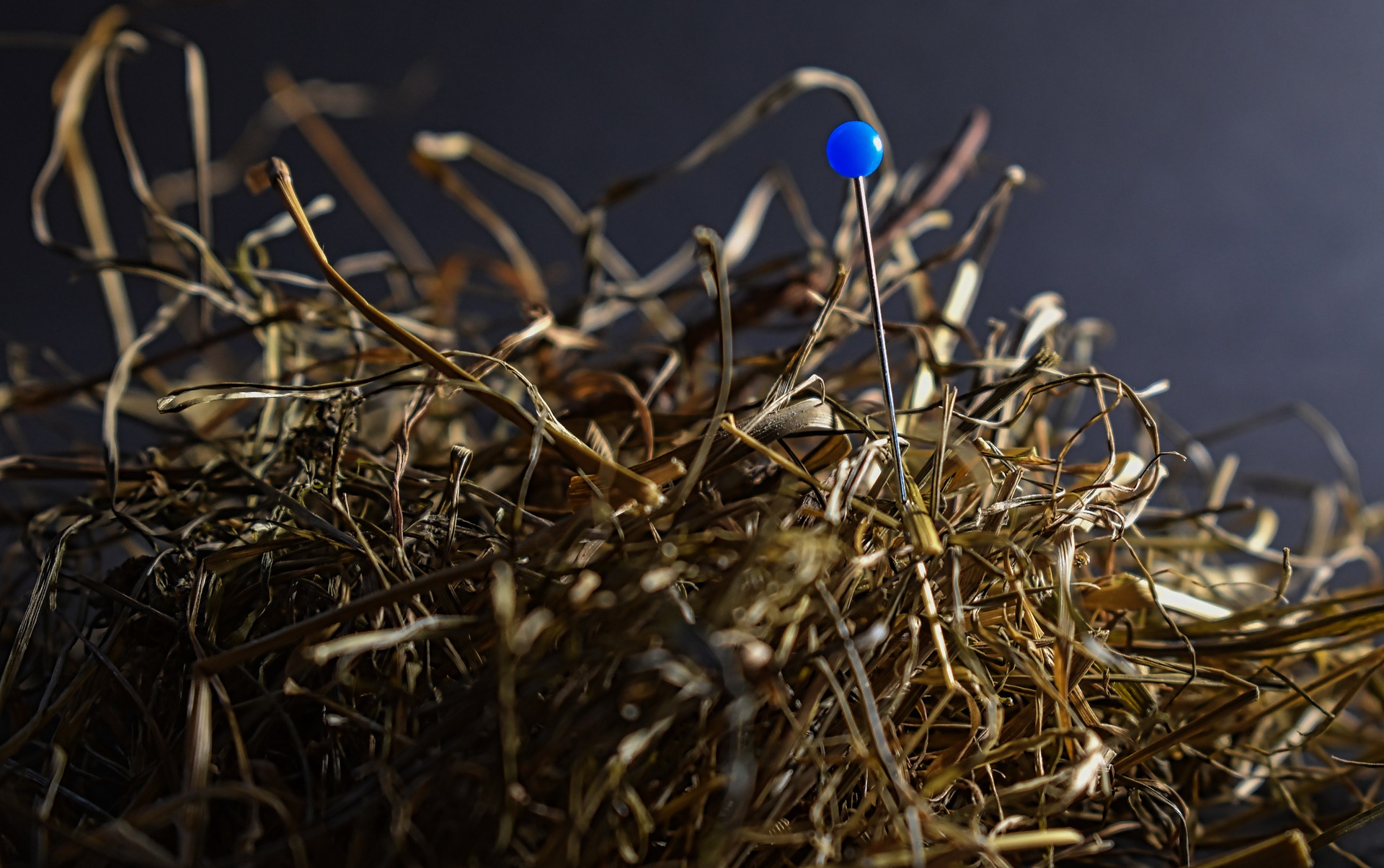
Why do we need to know the prior art? And why is it essential to perform a good prior art search?
In order to have a patent application granted, the invention must distinguish itself from the prior art. The best way of distinguishing the aspects of the invention from the prior art is knowing said prior art in the first place. In turn, in order to know said prior art, we must look for it amongst all existing documents. In a way, it is like finding a needle in the haystack.
Once the prior art search is complete we proceed to analyze the aspects of the invention, this time in view of the prior art. Two distinct and fundamental patentability criteria are analyzed: novelty and inventive step.
Novelty:
- For an aspect of the invention to be novel, i.e. not anticipated, no prior art document or disclosure must have disclosed said aspect in its totality, i.e., it must not have disclosed every one of its technical features. The disclosure must contain all of said features to be considered to anticipate the aspect.
In our example only a publication which discloses filament with all three materials could be considered to anticipate our filament.
Inventive step:
- If an aspect of the invention is novel, then there are differences between it and the prior art. These differences are then evaluated for inventiveness. Inventiveness asks the question whether the aspect comprising said differences would be obvious to a skilled person in the field of the invention in view of the prior art. The actual test for determining inventiveness – known as the problem-solution approach – is rather complex and beyond the scope of this article. If you cannot live without knowing what this test is, you can find more information here.
Let’s assume that the prior art discloses a filament composed of a mix of only two of the materials present in our filament. We would need to analyse if the presence of the third material in the mix is responsible for the increase in brightness. Let’s assume that is the case. The inventive step test would ask whether the skilled person would reasonably expect, in view of the prior art, that the addition of the third material to the prior art filament would provide said improved brightness. If answered in the negative, then the aspect of the invention will be considered inventive, and thus patentable.
How to improve the patentability outlook
Finally, once we have completed the analysis, we can provide our opinion on whether the aspects of the invention are novel/inventive or not. However, the outcome of the analysis is not always positive, or not entirely positive. This is where our experience as patent attorneys is highly valuable. Importantly, in addition to providing the patentability opinion, we can provide advice on how to improve the patentability outlook, when it does not look ideal, or even on how to better protect the invention.
This advice normally takes the shape of:
- Indications of what are the weak points regarding the differentiation of the invention and the prior art;
- Indications of tests that could be carried out to compare the invention and the prior art, in order to demonstrate advantages over said prior art. This is particularly important towards inventiveness;
- Alternative ways of protecting the invention besides applying for a patent. Trade secrets or utility models may be better suited alternatives or complementary to the patent.
Although it may appear that this is a passive process where you give us your data and we provide the report, it is everything but. There is communication and active discussion between both sides. When we don’t understand something we ask for clarifications or even for data that we think might exist and would be beneficial to have, and if you, the client, have something you believe would be important for us to know, then we encourage that you talk with us about it, so that the report is truly beneficial to you.
When is the best moment to conduct a Patentability analysis report?
Finally, one more important question may pop-up: when do I consider asking for a patentability report? Is it a.s.a.p. when I only have the idea? Or is it when I already have the product ready for marketing?
As in most things in life, balance is key.
Asking for a patentability report at a stage of the invention when the technical features are hardly defined will result in a poor quality patentability report, since it will be difficult for us to define the aspects of the invention, which will lead to a poorly guided prior art search, and inevitably to a low-par patentability analysis opinion. Maybe at this stage a Patent landscape study is more indicated.
On the other hand, asking for a patentability report at a stage where the invention is ready for marketing is a high risk option, as it could turn out that the invention is not patentable and therefore that anyone could copy the invention and market it. Also, there will be little room for fine-tuning the invention.
Therefore, the sweet spot to consider a patentability report is when the invention is already well defined in terms of technical features, but there is still some wiggle room to develop and perform work on it. This will allow you to take full advantage of our patentability report.
Whether you known that you need a patentability report, or if you are still uncertain about when and how to get one, please come and talk with us!
He did his doctoral thesis work at the Cell Biology & Biophysics department of the European Molecular Biology Laboratory (EMBL) and the Heidelberg University (Germany).
